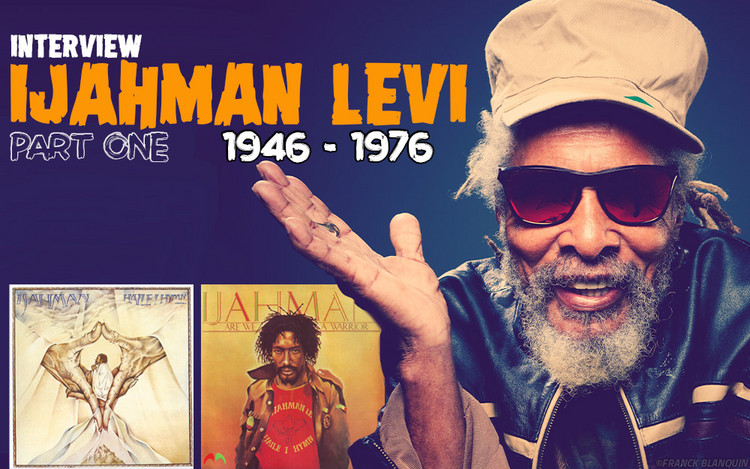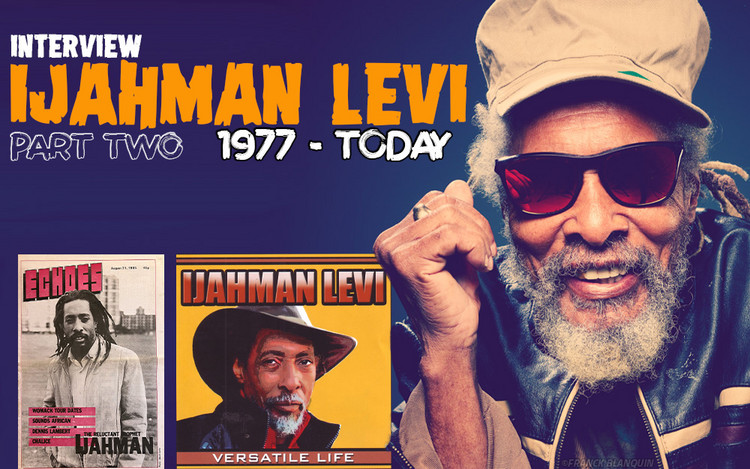King Jammy ADD
In Fine Style - The Dancehall Art of Wilfred Limonious
08/17/2016 by Angus Taylor

Reggae and dancehall heads have been blessed with some excellent and useful written histories of Jamaican music. Among the most enduring are Steve Barrow and Peter Dalton’s Rough Guide To Reggae and Solid Foundation by David Katz (although we are still in need of an exhaustive equivalent from inside the culture). Understandably, several of the best reggae books of recent memory have moved away from documenting the music in its pure form to how it intersects with other media.
Al Fingers’ One Love Books is making a name as a source of such works. 2012’s Clarks in Jamaica told the fascinating backstory to the island’s musical affair with the English shoe brand. This year’s In Fine Style is a tribute to the man behind some of dancehall’s immortal album covers, the artist, cartoonist and graphic designer Wilfred Limonious. The book is a culmination of Fingers’ longstanding interest in “Limo”, who he featured in two touring exhibitions: 2012-13’s collective Art In The Dancehall and another in 2016 devoted to the illustrator alone. The text is written by Canadian musician and Limonious blogger Chris Bateman and tightly edited by Fingers. The foreword, courtesy of veteran photographer Beth Lesser, champions the open and democratic humour running through Jamaican life.
Limonious, was born in Albert Town, Trelawny, the eldest of seven children. Relatives remember his ability to capture them on the page in the time it took to approach his house. He graduated Kingston School of Visual Arts in 1973 although his cartoons were already appearing in daily paper the Star three years earlier. He became the in-house illustrator of comparatively serious depictions at JAMAL - the Jamaican literacy programme; followed by stints at an English college and a Kingston advertising agency.  A passion for music yielded a 1976 recording Young Love, cut inside the legendary Channel One studio – and by the early 80s he was designing front and rear covers through pressing plant Sonic Sounds. This led to his striking, yet often wildly diverse, work gracing LP's for the likes of King Jammys, Jah Thomas, Coxsone Dodd, Ossie Thomas, and Winston Riley. During the 90s his output departed from dancehall slackness to a more contemplative realm. Beset by health problems, the exact cause of his death at 50 in 1999 (the same year as Dennis Brown’s) the book does not make clear.
A passion for music yielded a 1976 recording Young Love, cut inside the legendary Channel One studio – and by the early 80s he was designing front and rear covers through pressing plant Sonic Sounds. This led to his striking, yet often wildly diverse, work gracing LP's for the likes of King Jammys, Jah Thomas, Coxsone Dodd, Ossie Thomas, and Winston Riley. During the 90s his output departed from dancehall slackness to a more contemplative realm. Beset by health problems, the exact cause of his death at 50 in 1999 (the same year as Dennis Brown’s) the book does not make clear.
This is a heftier hardback than Clarks (reasonable given how many examples of its subject there are to display). But the writing is similarly concise and the vast majority of the pages are rightly taken up by the images. What strikes at once is the breadth of the man’s creations. In addition to albums, posters, single inch sleeves and imprints (he designed the iconic Time 1 seven inch logo that introduced a generation of foreigners to Barrington Levy) he was a regular cartoonist in the Star, and continued in advertising all the while. A gifted draftsman as well as a humourist, he produced everything from surreal and exaggerated cartoonish sketches to tasteful representative figures with transfixing gazes who wouldn't look out of place in a graphic novel. It is possible to glance at a selection of his jackets and think they are by several different artists.
Both Lesser and Bateman give context: seeing roots reggae giving way to dancehall in the 80s as the return to the bawdy humour of mento; the replacement of dread serious political news headlines with the islands rich cartoon tradition. (These strands had never disappeared entirely – heard in the catalogue of Stanley Beckford or one off smutty tunes like the Manufacturers’ How A Cat Was Made - but they were exceptions highlighting the rule).
In the egalitarian space of the dancehall Limonious found the perfect canvas. He was able to become part of the party alongside the music (just as with the right outfit or the moves anyone in the dance can be a star). He had a keen sensitivity to the contrasts and contradictions of society. Skinny men getting lost in the ample curves of fat ladies, comedy and tragedy, recreation amidst poverty… all in the bold contrasting colours that lend JA street fashion its unique look.
By the time we reach the final, slightly sad, latter-day photo portrait at his studio door, he remains an inscrutable and mysterious figure. The mystery being that so much could catch his eye and pour out of his head.
Limonious is not well known outside Jamaica. But with this book’s publication that is about to change. Like Clarks, it makes a stylish pictorial coffee table accessory yet it’s also the gateway to a deeper understanding of Jamaican culture. Whether you are a student of art, the dancehall or both, you will learn a great deal.
GET YOUR COPY @ ONELOVEBOOKS.com









